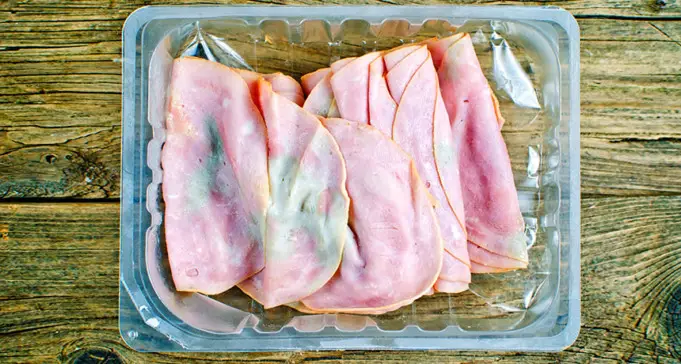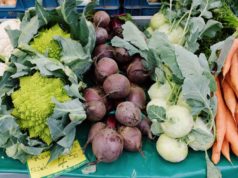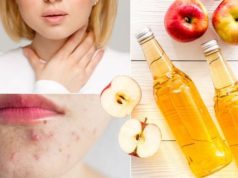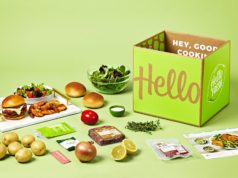Food borne illnesses can be much more than a simple stomach virus. They can result in pain, put you at risk for acquiring other diseases, dehydrate you, force you to miss work, and even result in death.
The reason contaminated food is such an issue revolves around how easily it can be prevented. There are certain standards that restaurants and food providers must abide by to ensure their food is safe to consume. Let’s examine four signs that the food you ate might have been contaminated.
1. It was Undercooked:
Of the 128,000 people that get sick and 3,000 that die yearly from foodborne illnesses, the majority of these cases could have been prevented if the right preparations were followed.
Cooking food to a temperature that is high enough to kill most bacteria is an essential part of this step.
If your food was undercooked, slimy or even raw, then there is a high chance that the food you ate was contaminated. Even the best quality of foods can carry millions of microscopic denizens just waiting to multiply and make you sick.
2. You Feel Sick after Eating a Non-Meat and Non-Dairy Item:
In eating establishments, foods that could potentially contain bacteria must be separated from other foods until they are considered safe to eat.
Under cooked meat coming in contact with bread can spread the germs to the bread, which contaminates the other food even after the meat has been cooked at a sufficient temperature.
If you ate something that you suspect wouldn’t be cooked at a high temperature before feeling sick, then chances are that food was cross-contaminated during preparation.
3. You Ate Something Cool and Low in Acid:
Botulism is one of the more dangerous foodborne illnesses. While it can be destroyed by heat, it can become a serious danger in certain foods that avoid high heats or have a low acidity.
Items like beets, corn, green beans, most meats, most seafood and tomatoes are prone to acquiring botulism by contamination or through lack of proper preparation. If your last meal contained one or more of the above items, then that could have been the source of the contaminated food.
4. Your Food Contained Dairy Products:
Dairy is one of the largest sources of food contamination. It tends to avoid most extreme temperatures while being an essential part of baking, frying and other procedures. While milk tends to be safe when it remains chilled, it can easily sit in a hot kitchen to become warm.
This allows bacteria to multiply, which in turn causes your entire meal to become contaminated when that milk is used. If you suspect your food contained contaminated ingredients, then you may want to contact a law firm in order to get financial compensation for your sickness.
Specialty firms like Pritzker Law will help you seek compensation for your injuries while ensuring that other incidents of food poisoning do not occur.
Protecting Yourself from Food Contamination
While finding the source of contaminated food can be problematic, it’s even harder to tell when something is contaminated before you eat it.
That’s why seeking proper legal action tends to be the best way to protect yourself and others from after getting sick due to the negligence of businesses.












